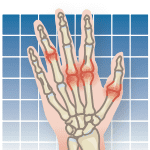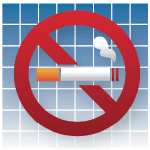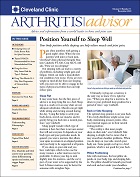To continue reading this article or issue you must be a paid subscriber. Sign in
Subscribe to Arthritis Advisor
Get the next year of Arthritis Advisor for just $20. And access all of our online content - over 1,000 articles - free of charge.
Subscribe today and save 36%. It's like getting 4 months FREE!





























